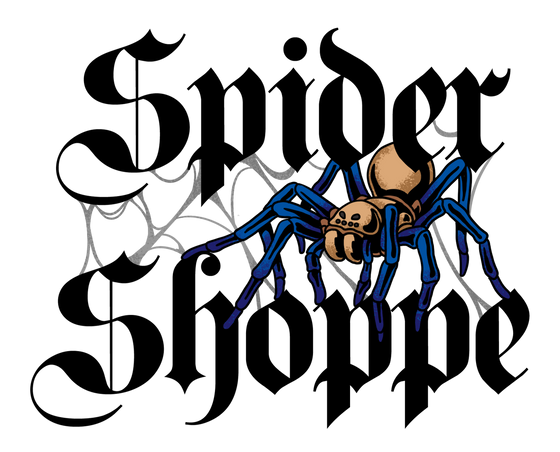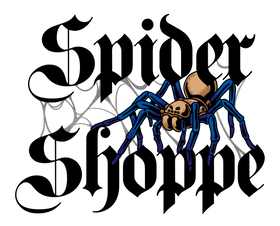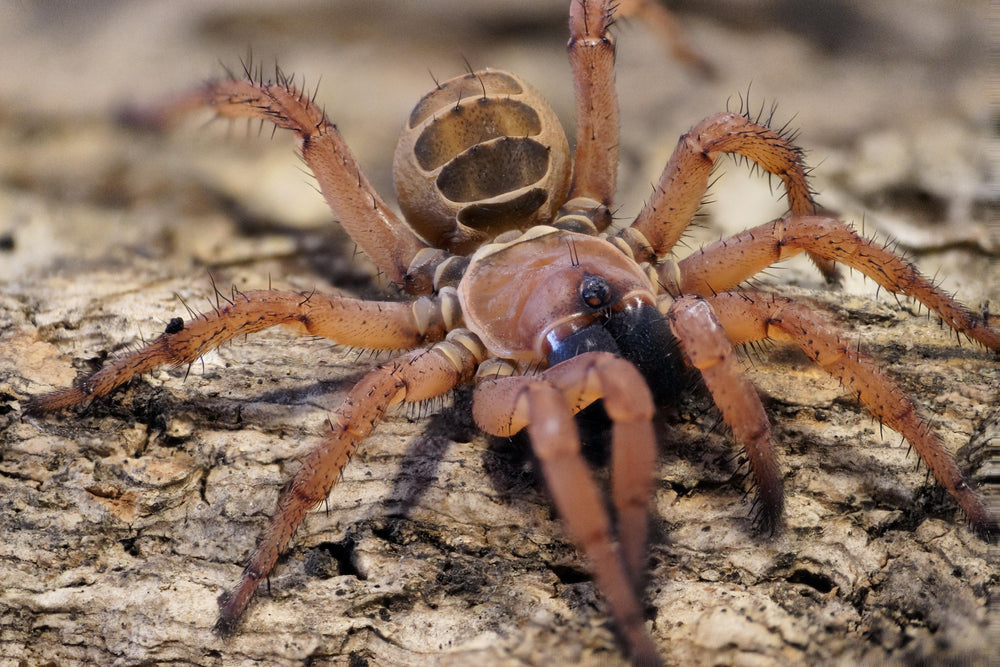
Ephebopus cyanognathus (Blue Fang Skeleton) 0.5" | 1"
- Live Arrival Guarantee
- Live Animals Ship FedEx Priority Overnight (Mon-Weds)
- In stock, ready to ship
- Inventory on the way
If dazzling chelicerae and crazy metallic colors make an excellent spider for you, look no further than the Blue Fang Tarantula, Ephebopus cyanognathus West & Marshall! Young spiderlings grade into having translucent pink legs with black tarsi and metatarsi (black toes), a black-base carapace, chelicerae, and abdomen, but with the abdomen initially covered in metallic green to blue setae. As juveniles gain size and approach maturity, their colors transition into pinkish orange to brown legs with yellow-banded joints between each leg segment and short, golden, metallic setae over the carapace and gold to copper setae on the abdomen. The chelicerae start out bright blue as spiderlings and eventually transition into purple coloration as the spider matures to a 4.5–5 inch diagonal leg span.
Native to wet tropical rainforests of French Guiana, mature E. cyanognathus often dig earthen tunnels in clayey hillslopes and embankments, lining their tunnel entrance with dead leaves and twigs. However, E. cyanognathus spiderlings and juveniles can be facultatively arboreal, readily building tube webs in the foliage of large-leaved tropical shrubs and trees, sometimes tightly rolling a single large leaf or bridging neighboring leaves to create a burrito-like silken hide.
This tarantula has a rapid growth rate and a voracious appetite, similar to other members of the subfamily Psalmopoeinae.
Although quite hardy in captivity, E. cyanognathus is best suited for experienced keepers and attentive beginners. E. cyanognathus is unusual among New World tarantula lineages for only having urticating hairs along the femora of their pedipalps. Given their lower coverage of urticating hairs, this species can be defensive and prone to bite if cornered (aren’t we all?). However, E. cyanognathus is a typically nervous, skittish, and ridiculously fast-moving species that prefers to rely on its speed dashing down burrows rather than standing its ground to intimidate a potential threat.
Terrestrial enclosures wider than deep with a deep, airy, organic substrate are best for maintaining their extensive burrowing. The substrate is best kept only slightly moist through periodic misting for spiderlings and allowed to dry between mistings for adults. Spiderlings and juveniles should readily burrow but can also be kept semi-arboreal with substrate, twigs, and leaves in a taller enclosure. If you place the enclosure of E. cyanognathus in a dim location with little foot traffic. These shy tarantulas will typically not show themselves in daylight, so checking on them quietly in a dark area is much more conducive to their comfort being out and about or lurking at their burrow entrance. The beautiful combination of metallic blue, copper, and gold in one tarantula makes E. cyanognathus a one-of-a-kind, must-have spider.

Info on our shipping policy can be found on our T&C page.



